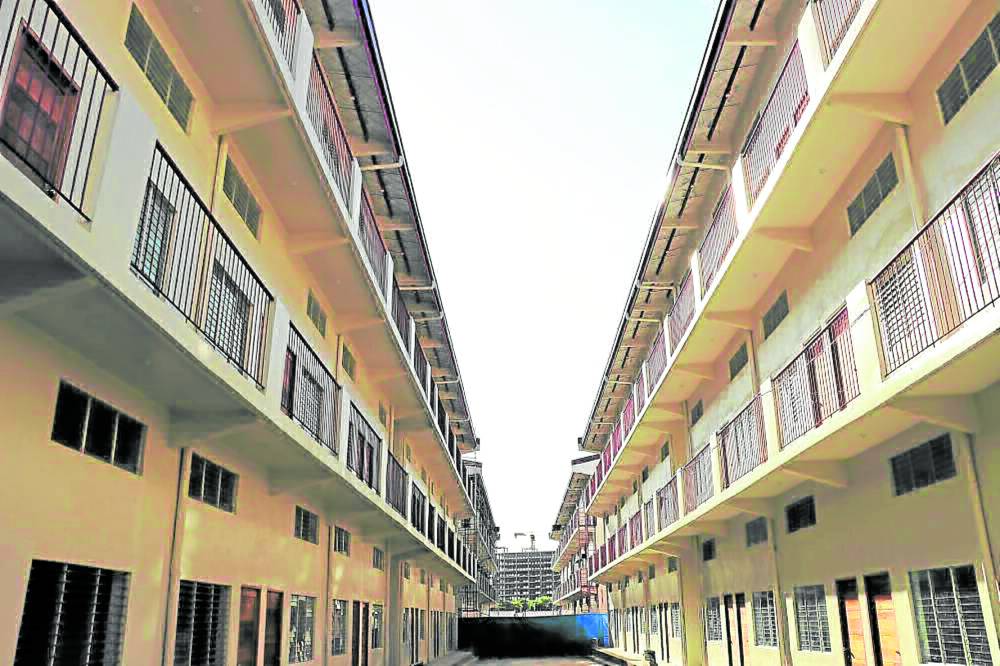To manage debt and unite a divided nation are some of the top priorities of presumptive president Ferdinand “Bongbong” Marcos Jr., but these are obviously motherhood statements.
At this time, the transition team may have already recognized that the party is over and it is high time that everybody rolls up their sleeves. Our debt to GDP ratio is inching closer to abnormally high levels and in a recent survey splashed in social media, 4 out of 10 families who were interviewed felt they were poor.
With the current state of affairs tilting towards another recession as a result of internal (debt) and external (geopolitical) challenges, draconian measures are needed to keep the economy afloat. In a recent interview, Marcos said he will hit the ground running. Without a doubt, he should and he must. There is no time left. The next 24 months will define his presidency.
A real and authentic National Housing Plan
According to a Habitat for Humanity report, “it is estimated that around 40 percent—in some cases, 75 percent—of the population in fast growing cities in developing countries is housed in squatter settlements without basic services. Cities are growing at an unexpected and exponential rate, often not aligned to urban planning and development. Many people are moving from rural areas to cities for work, and since the cities are not able to expand at the same pace, most of them end up in slums—overcrowded areas with inadequate access to safe water or sanitation, poor structural quality of dwellings and insecurity of tenure.”
In the Philippines, 70 million people live in substandard housing, and this is projected to grow to 113 million people by 2030. Housing indicators are sliding backwards. Rapid urbanization is driving precarious construction in oftentimes precarious locations.
Generally speaking, housing can be considered affordable if its cost (mortgage or rent) is below the 30 percent of the household income. If a family pays more than 30 percent of their income for housing, it is considered a cost burden.
The pandemic alone displaced thousands of people, compromising their cash flow and forcing them to pay more than 50 percent of their annual household income on housing, thus living in conditions of unaffordability. Some borrowers are likely to default but that segment is on the affordable side.
What concerns me is the state of the informal settlers—those who have no credit standing and are classified as “unbankable”. This deprived, vote rich segment has suffered for decades and is in dire need of social housing support.
For the incoming administration to cover a wide swath of socialized housing policy initiatives, I would like to offer some pieces of advice by enumerating actionable plans related to a Housing and Recovery Initiative (HRI). This is a social program with an overarching objective of easing the burden of the majority of our population who are still living in filth and sub-normal conditions.
As of last count, seven million houses are needed to stem the tide of a growing base of informal settlers, and if we annualize the staggering shortfall, current capacity can only construct anywhere from 2 percent to 3 percent of what the country urgently needs. Every year, social housing continues to elude those who need them the most and it is getting worse.
Housing Recovery Initiative (HRI)
The HRI goal is to ease the burden of housing costs over time by boosting the supply of housing multifamily dwelling in every town or city. The plan must include legislative and executive actions with the objective of closing the housing supply shortfall in 10 years, starting with the construction of thousands of housing units under a funding facility guaranteed by local government units and supported by dedicated financing institutions.
The Department of Human Settlements and Urban Development (DHSUD) must play its part as the aggregator of all these services. Effectively, it must form the backbone of the housing ecosystem. The stakeholders (landowners, the contractors, construction suppliers, financial institutions, developers and the end users) can then fuel the initiative.
When aligned with other policies to reduce housing costs and ensure affordability, closing the gap will mean more affordable rents and more attainable homeownership. As part of the integrated HRI plan, the new leadership must collectively summon its energy to educate, promote, plan, enhance and initiate the following action plans dedicated solely for lower income groups.
I am sharing some of the go-to action plans that the appointed executive and legislative branches can champion:
- Classify, identify and pilot slum areas and rehouse their residents in new standard and sanitary housing;
- Re-introduce public housing construction of low-cost dwelling units;
- Re-visit government subsidies and strengthen rent control;
- Incentivize cities and towns that will initiate socially and environmentally centric land use policies;
- Enhance Pag-IBIG and other similar social institutions with financing mechanisms to further encourage private investors and developers to build more vertical and horizontal developments with emphasis on providing mandatory housing benefit for government workers, teachers, police and armed forces, among others;
- Revisit existing charters of regulators that have restrictive covenants so they can expand the scope and improve existing forms of financing, with focus on multifamily, high density development;
- Promote the use of national, local, and COVID-19 recovery funds so it can be rechanneled to affordable housing supply;
- Provide additional tax credits to private developers engaged in constructing socialize housing;
- Enact laws to protect government-initiated supply of homes and other housing initiatives to make sure the beneficiaries are really the end users; and
- Work with the private sector to address supply chain challenges, price fluctuations and improve building efficiencies
The author is an executive director of W+B Advisory Group


